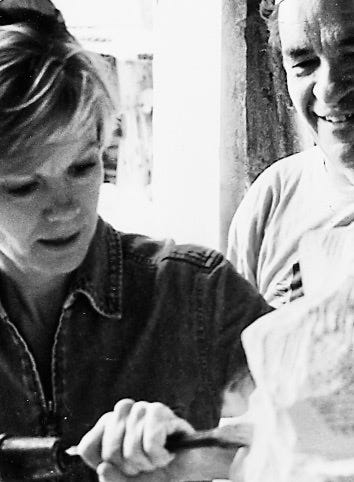Pietrasanta, Italy
Sunday 31 May 1998
I awoke this morning in a sun-filled room at the Hotel Palagi.
The white interior with its vivid splashes of colorful art and woven rugs cheered me immensely. I got out of bed and threw open the windows and shutters to admire the view. In the distance, down the hillside, I could see the Tyrrhenian Sea, the portion of …
Keep reading with a 7-day free trial
Subscribe to A Storyboard Life to keep reading this post and get 7 days of free access to the full post archives.




